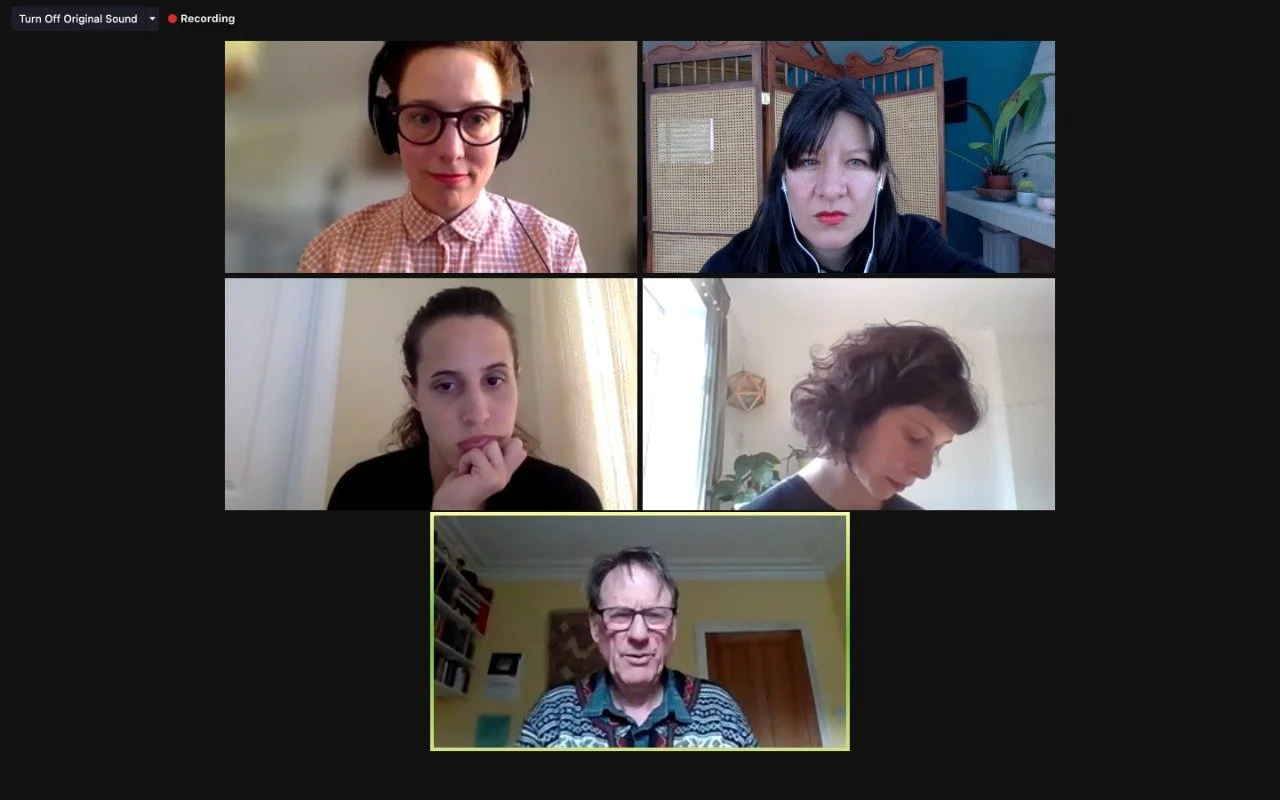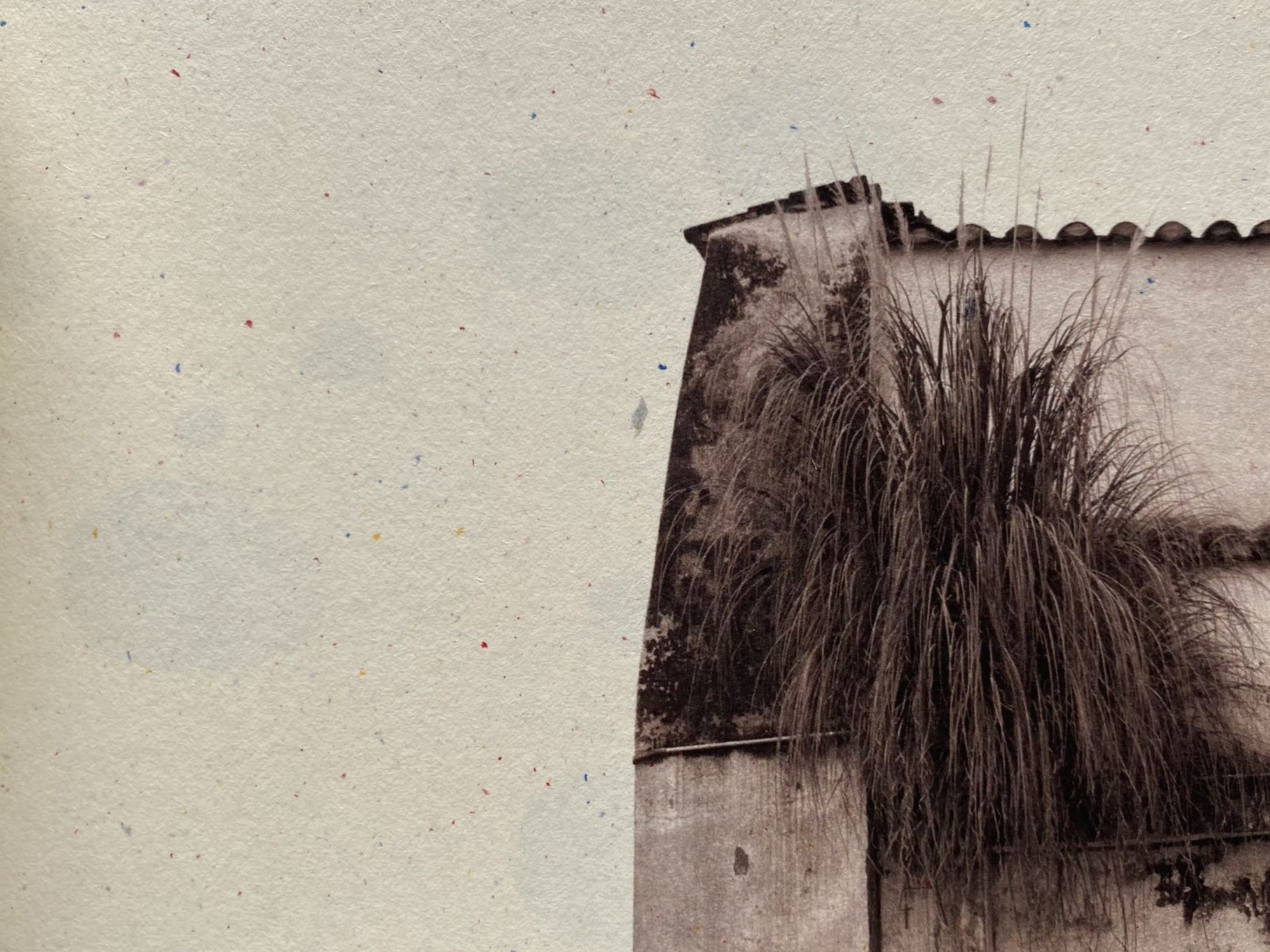
Publications
Index
-
As The Caring Cabinet, we started working on the notion of care, as very early on in our process we noticed it was a central thread connecting many aspects of our practices and research spanning various fields and methodologies. Care is a word that is heavily addressed in many contemporary discussions and is pointed as an urgency in the current global conditions. Yet, what do we mean when we say care? What is care for us? What do infrastructures of care look like? What are the politics of care? When does care turn into control? How do we all come together around the notion of care? How have we been caring for one another in the past year? Do we care about others non-humans?
-
ENCOUNTERS,
PUBLISHED BY THE ARTS CABINET
2021
Encounters: through Art, Ethnography and Pedagogy is an Erasmus+ funded project which brings together The University of Agder (Norway), leading the project in partnership with The University of Amsterdam, The University of the Aegean, Raketa (Stockholm), Arts Cabinet (London) and Ethnofest (Athens) to test out intersections where ethnographers and artists meet and to challenge understandings and assumptions of what Encounters mean.
-
2021
Medium: Digital print publication
Between September 2020 and July 2021, the covid pandemic and the implementation of Brexit left married Artists Désirée Coral and Killian Dunne stuck in two different countries: Coral, with the couple’s 3-year-old son in Ecuador, and Dunne in Scotland. Starting at either end of the book and eventually meeting in the middle, each artist documents and responds to their time spent apart in lockdown.
The book’s title “Concurrently Simultaneously” references 2 of the 733 words spoken by the character Lucky in Samuel Beckett’s “Waiting for Godot”. Within the non-space of the play’s set where time is confused, undefinable, and distorted, Lucky felt that he was trapped in a net. Within “Concurrently Simultaneously” both artists explore the covid lockdown net as a page grid system. Pages and narratives have no linear progression. Time is documented as a blur of moments within the physical and digital net. Moments trapped in time look towards a pinned date in the future, while the pages of both artists inevitably progress to the centre point of the book.
-
This artist book features a collection of work produced by Désirée Coral in the city of Chicago, USA from 2016 to 2019. The publication was designed to present the artworks in conversation, but also to reflect on gold as a material, as an object, as an element of culture, and primarily, as part of an ecological system endangered by mining exploitation practices. These extraction of gold relies on bureaucratic processes of concessions and institutional environmental management.
The title of the book refers to the possessive pronouns mine, yours, and ours. It also plays with the homonymy of the noun mine, pointing to excavation sites where materials are extracted.
The title also references the ever-present desire for gold, as the colonial history of Latin America is littered with tragic episodes of prospecting for precious metals. This history has resulted in the invention of mythological cities of gold and countless gold rushes.
In 2008, Ecuadorians voted to rewrite their Constitution. In article 71 of this new version, nature was granted rights as a legal entity. Shortly after this new Constitution was signed, many agreements and mining concessions, which endanger ecological zones with their practices, construction, and exploitation were enacted by the State representatives without conducting a referendum.
The world’s greatest treasure is nature. This is especially noticeable in the rich ecological diversity of Ecuador, currently in danger due to ongoing large-scale mining projects. Gold has a cost, that as a society, we should not be willing to pay.
To recognize an individual’s responsibility as part of a collective action, this book contains a page torn by the artist’s hand. This page is one of 50 individual pages. When stacked together, these pages create an artwork.
This piece replicates the shape of the Yanacocha open pit mine in Peru. The 50 copies have been torn, signed, and numbered by the artist.
Includes a text written by the curator of the Exhibition Luna Goldberg.
-
This artist book is part of the Joan Flasch artist books collection since 2019.
The 6 books, each one contains a hand torn paper map that replicates the topography of the scars of the land produced by the excavation of the soil. The process is technically called open pit mining, this procedure which is executed in order to extract different ores such as gold, copper, coil, silver, and cobalt. It not only carries the scars of the soil but also the pollution and destruction of natural resources. The mining industry cannot exist if government do not agree to concession the land for exploitation. Each folder aims to open a conversation regarding the relationship between bureaucracy and the exploitation and commodification of nature.
-
Text by Désirée Coral
Pacific Sea Nettle, Chrysaora Melanaster… pg. 150-153
Published by Yale University Press
Edited by Matthew S. Witkovsky; With an essay by Yve-Alain Bois and contributions by staff and alumni of the Art Institute of Chicago and the School of the Art Institute of Chicago
2020
A conversation with Tim Ingold and The Caring Cabinet.
Published by the Arts Cabinet London
2021
Published by the Arts Cabinet and produced within Encounters: through Art, Ethnography and Pedagogy.
Woven Text
Digital publication by the Arts Cabinet London
2021
Concurrently Simultaneously
2021

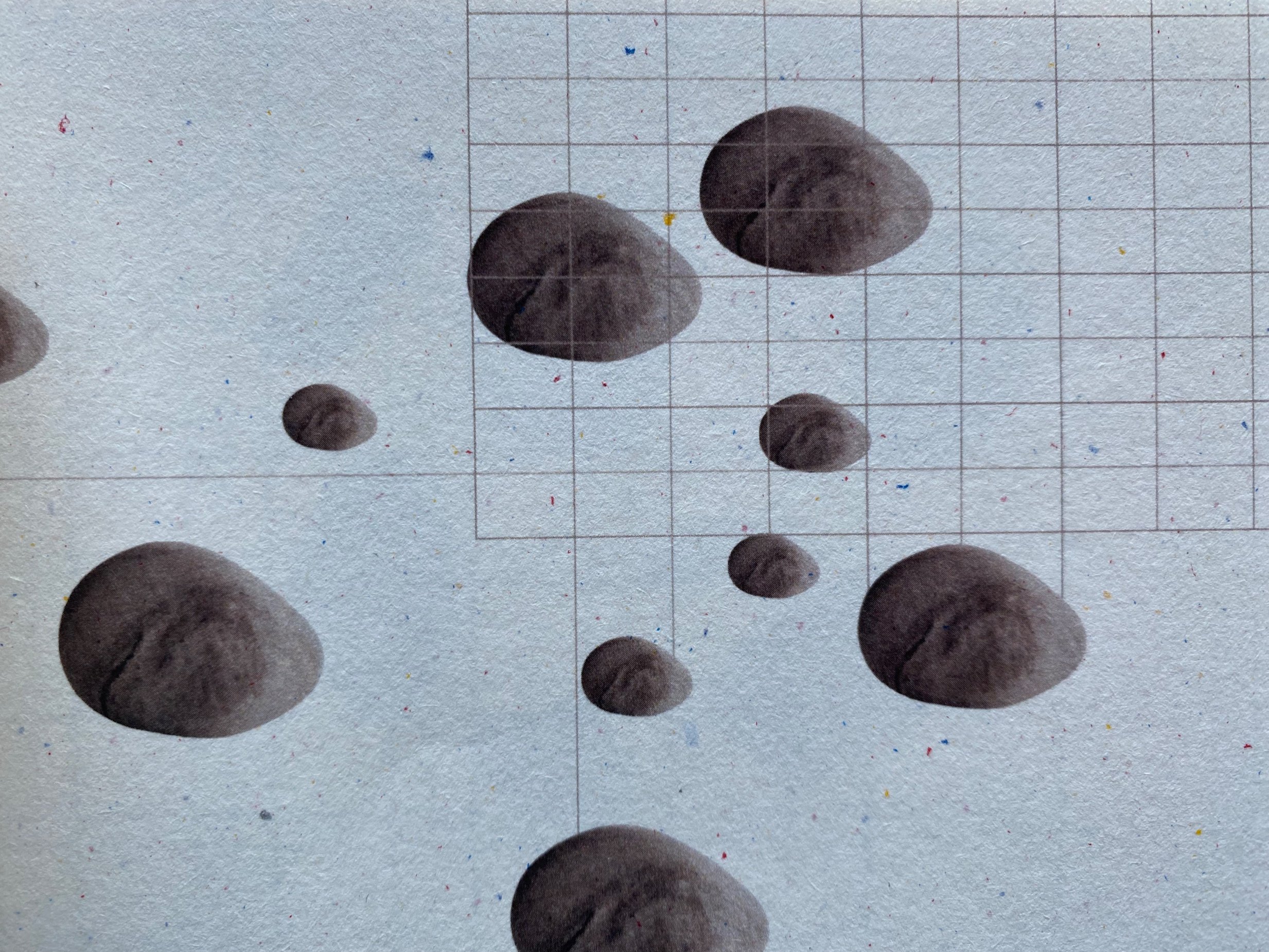
Mine,yours, ours. 2021


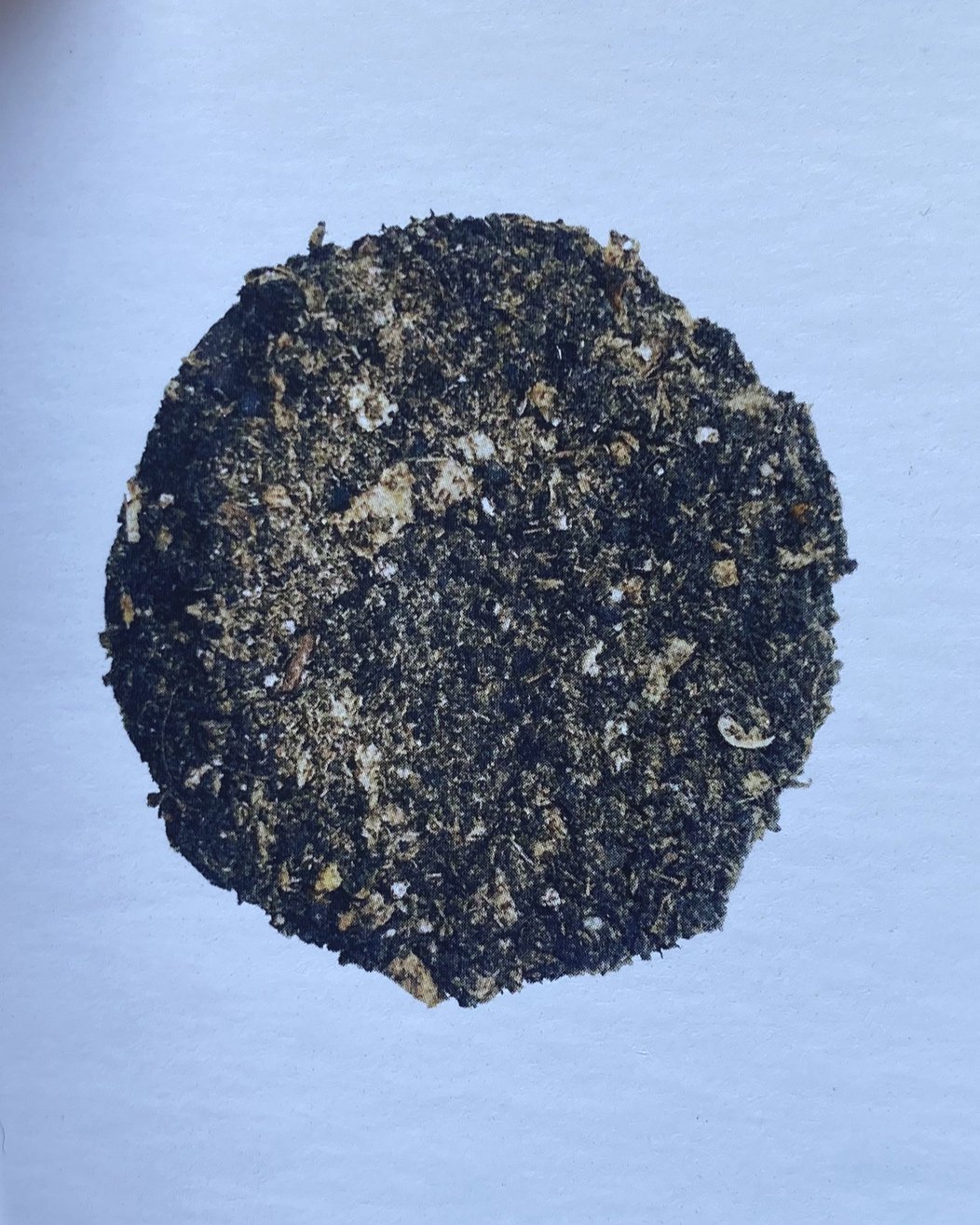
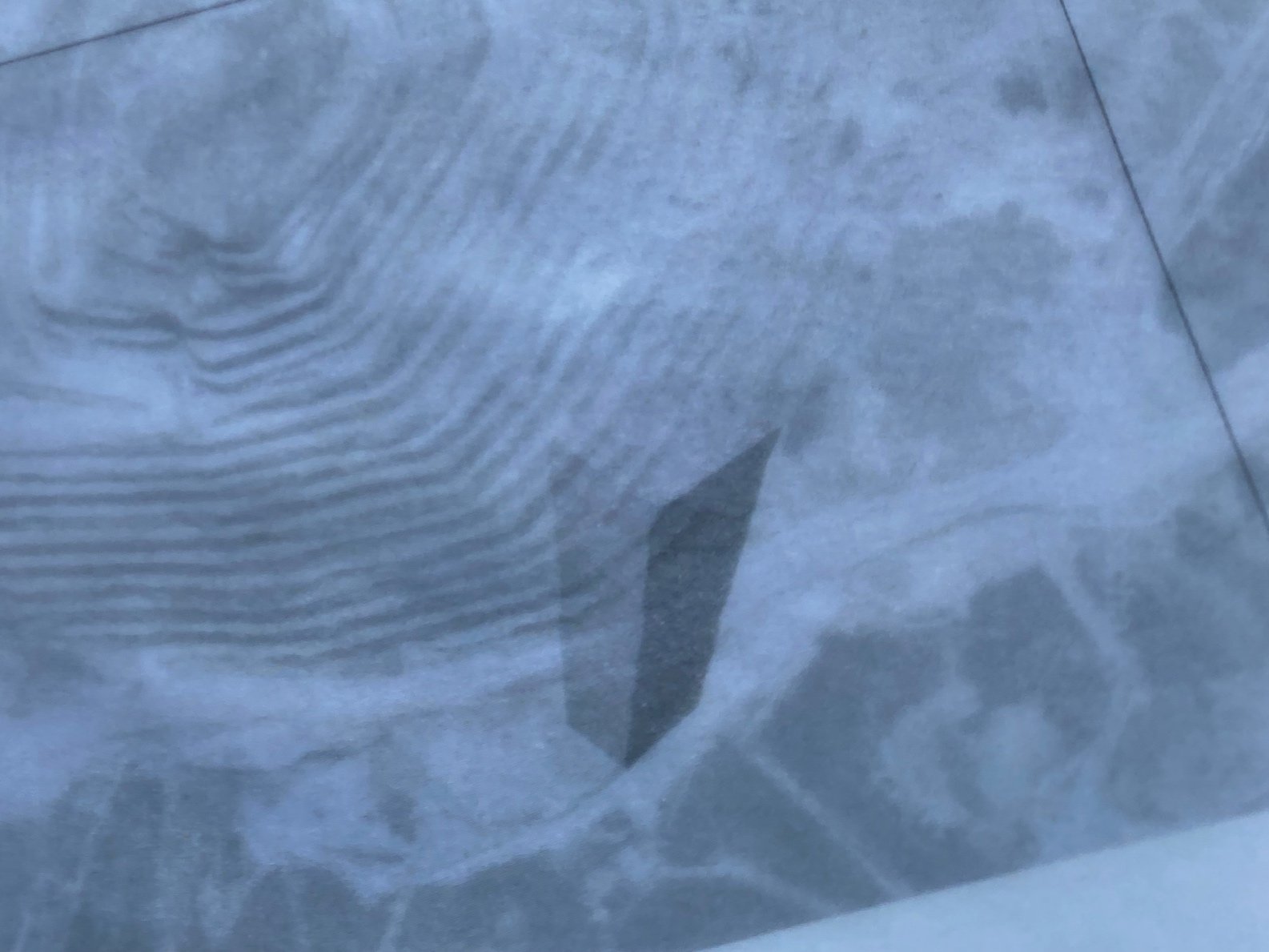
Scars of the land
Part of the Joan Flasch Artists' Book Collection. 2019
Image from SAIC Digital Collections is the institutional repository for the School of the Art Institute of Chicago (SAIC).
Material Meanings: Selections from the Constance R. Caplan Collection. 2020
Image from the exhibition at the AIC Material Meanings: Selections from the Constance R. Caplan Collection 2020
Pacific Sea Nettle, Chrysaora Melanaster… pg. 150-153
Text by Désirée Coral on Christopher Williams Photograph "Pacific Sea Nettle, Chrysaora Melanaster...”
Published by Yale University Press and The Art Institute of Chicago 2020
